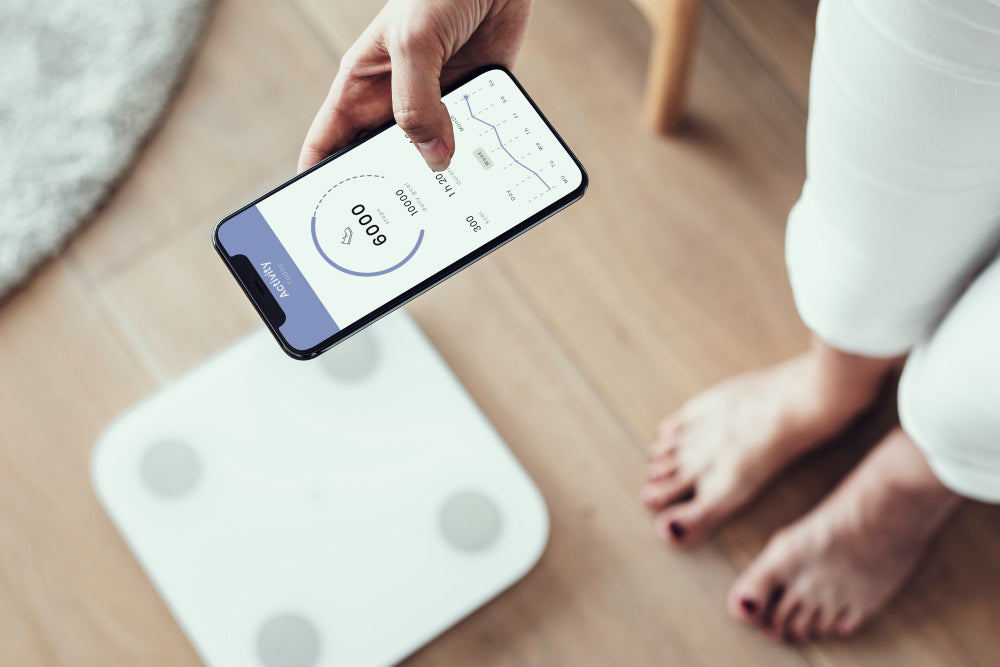Body Fat Scales: Are they Accurate?


Body fat scales are growing in popularity as people become more interested in getting specific details about their health measurements instead of only looking at the overall body mass measurements. There has been a debate between medical professionals and medical gurus on the accuracy of these machines, so the understanding of how body fat scales work and the rate of their accuracy is essential for many people.

Body fat scales usually function based on bioelectrical impedance analysis (BIA). A light electrical current is sent through the body, and by measuring the resistance in its path, the scale gauges body fat. Since fat resists electrical currents differently from muscle or bone, the scale is able to use that resistance in calculating body fat.
According to Dr Michael Jensen, an endocrinologist at the Mayo Clinic, "While body fat scales provide a general estimate, their accuracy can be clouded by many factors, such as hydration level, recent food intake, and skin temperature." Some research in this area has shown that the margin of error for BIA can be as high as 3% to 8%. The variability further shows that the scales should not be used as the absolute means but rather only as an adjunct to assess body composition.
There are several variables that could influence the readings from body fat scales. One such factor is the status of hydration. In the event that one is dehydrated, then the scale may overestimate the percentage of fat in the body, while in the case of overhydration, this may result in an underestimation of the body's percentage of fat. Apparently, based on a study in the Journal of Sports Sciences, the time of the day followed by recent physical activity are the chief variables, whereupon poor reliability is reported following recent exercise or meals.
Measuring Body Fat—Comparisons with Other Methods: In contrast, body fat scales are much less accurate compared to other methods for measuring body fat, like dual-energy X-ray absorptiometry (DEXA) or hydrostatic weighing. In comparison, DEXA scans are considered almost the gold standard, with lower margins of error, but at the same time, they are expensive and specialized equipment is required to perform them. Per Dr Sarah Smith, a nutrition expert: "For those interested in exact body composition, methods such as DEXA are more accurate, but body fat scales could be helpful for regular checks and may be motivating for Leading a Healthier Lifestyle."
For these body fat scales, on the other hand, consistency will play a big role in understanding the way that you should move henceforth. It is, therefore, most ideal to take readings at the same time of the day and under similar conditions. Dr Mark Johnson of the American Council on Exercise adds, "Use body fat scales as part of a broader health monitoring routine. Combine their readings with other indicators—waist circumference, eating habits, and levels of physical activity—for a comprehensive health assessment."

The most correct method for reading body fat is by dual-energy X-ray absorptiometry. This method will provide full information regarding body composition: the density of bones, the number of muscles, and the percentage of fat stored in the body. This will be pretty accurate since the margin of error is small if compared to others.
An ideal body fat percentage is going to differ from one age to another, from one sex to another, and from one fitness level to another. On average, a good percentage of body fat in adult males would be about 10-20%. In women of similar age on average, between 18-28%. Athletes may have lesser percentages of fat in their bodies, while slightly higher ranges are considered to be normal for the elderly.
There are several options available to check body fat at home:
Body Fat Scales: estimate body fat percentage using bioelectrical impedance (BIA). Provide consistent conditions for more accurate readings.
Skinfold Calipers: This method takes skinfold thickness measures from sites of the body and the equations use those in relation to the sum of the measurements taken.
Body Measurement Calculations: Use a tape measure to record the circumference measurements of various body parts, such as the waist, hip, and neck measurements. Input these measurements into online body percentage fat calculators.
By combining methods, it will provide a somewhat realistic estimate as all the procedures described have their flaws; hence, it's better if we adopt more than one, so the estimation of body composition is much clearer.
Body fat scales work with much ease; however, their readings have been found to be influenced by a number of variables. Medical professionals advise these devices only as supplementary tools and not solely for precise measurements. Those who wish to have exact information on their body composition could always go in for one of the advanced techniques like DEXA. In this case, too, the body fat scale can be made very useful for personal monitoring and motivation in health management.








Plus get the inside scoop on our latest content and updates in our monthly newsletter.